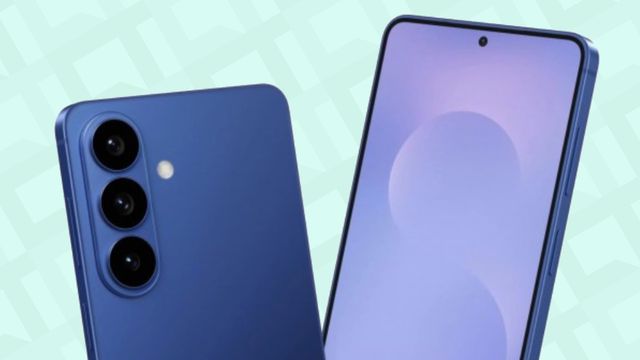DIGITAL LIFE

Connected, Screen-Free Children: the alternative that promises more safety in childhood
Early exposure to screens is already recognized as one of the main challenges of modern childhood. Physical, cognitive, and social problems arise when children spend too much time in front of cell phones, tablets, or computers. With this in mind, a group of parents developed an alternative that seeks to restore communication to its original role: connecting without isolating.
In adults, the effects of prolonged cell phone and computer use are well-known: neck pain, dry eyes, poor posture, and fatigue. But in children, the risks are even greater.
Studies show that screen dependence can compromise socialization, reduce time spent on active play, limit the development of fine and gross motor skills, and, above all, affect cognitive and intellectual progress. A digitalized childhood, although full of stimulation, can distance children from experiences essential for their healthy growth.
Tin Can: The "Screenless Phone"... With this scenario in mind, the Tin Can(image below) was created, a simple device that works over Wi-Fi and allows children to make calls only to contacts previously approved by their parents. The device has no screen, apps, internet, or social media.
Its design is inspired by 1980s landlines and costs around $75. Calls between Tin Can devices are free, and there's a subscription option to call other numbers. Instead of games and notifications, the ultimate entertainment comes from listening to a joke or learning the word of the day.
The name refers to the traditional game of two tin cans connected by a string, in which children simulated long-distance conversations. The idea is clear: to revive direct communication, but with the capabilities of today's technology.
One of Tin Can's distinguishing features is the control it offers parents. Through a companion app, they can decide which contacts can be authorized, set quiet times, and supervise device use.
For children, the benefit is controlled autonomy: they can talk to family and friends without being exposed to the digital risks of a conventional smartphone. Thus, the tool reinforces communication as a human bond, not a technological dependency.
A return to the basics...More than a product, the Tin Can symbolizes an attempt to redefine childhood in a digital age. It proposes that the phone once again be seen as simply a means of communication, at a stage of life when play, exploration, and socialization play a fundamental role.
In a world where screens seem omnipresent, this analog alternative can be seen as a respite: a safe resource for parents and a healthy experience of independence for children.
By removing the excess, the Tin Can gives children back something simple yet essential: the ability to communicate without distractions.
mundophone


No comments:
Post a Comment